A beginner's guide to looper pedals
Want to loop your guitar but unsure where to start? Here’s everything you need to know to get started with a looper
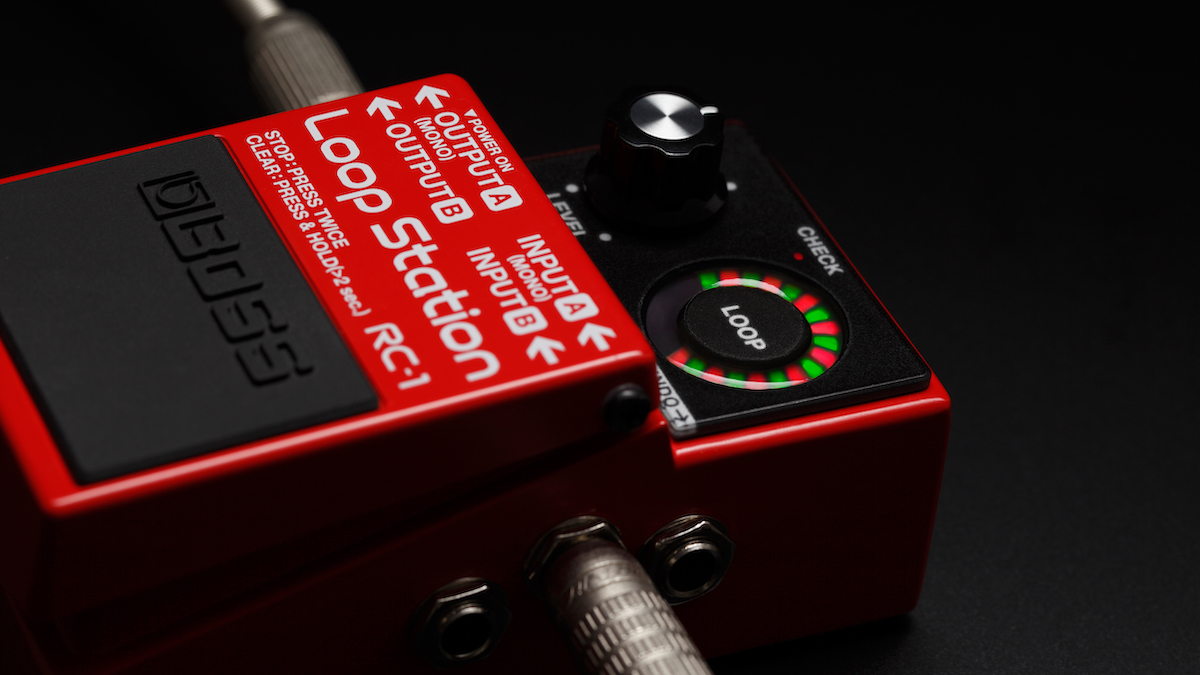
So you're in a band and you're the only guitarist. Or you're in a band and need to loop parts from the record live. Or you're a solo artist and have to build up your tracks from scratch. Whichever of these categories you fall into, a looper pedal makes for a great addition to any pedalboard.
In this article we’re going to look at the principles of looping, some of the looping figureheads and the gear you should consider.
It's easy to be overwhelmed by the array of looper pedal options out there. Broadly speaking, features correlate to price. As looper pedals use a digital delay buffer, expensive units usually have more space to store loops, less latency, and more features. You may not need them however. Even when it comes to the cheaper options, most loopers have good A/D/A conversion - think audio quality - and a reasonable user experience.
Anything with only a single footswitch is going to be harder to use. Loopers with a dedicated stop, or assignable second function footswitch are a worthwhile upgrade. The addition of this second footswitch is the most important feature on a looper, and it distinguishes the budget from the mid-range options.
How to use a looper
Using a looper is pretty simple. For most, you hit the record button to start recording, and hit it again to stop recording. Most loop pedals will start playing the loop back immediately. Obviously, timing is key here, particularly when playing with a drummer or band, but practice makes perfect.
On a unit with a single footswitch, you will usually have to tap twice, or hold the footswitch to stop the loop playing. Normally, you will be able to restart playback by hitting the footswitch again.
Pedals with two footswitches don't need these acrobatics. Typically, there's a dedicated footswitch for play/record and one for stop.
Want all the hottest music and gear news, reviews, deals, features and more, direct to your inbox? Sign up here.
Famous looper pedal users
There are many prominent users of live looping, but here's just a handful of the bands and artists that spring to mind as heavy loop users. Check them out to see how they do it and gain some inspiration for your own creations:
Battles
Hear it on: Atlas
Using a complex array of pedals and gear, including a full Ableton setup, a rare Gibson Echoplex Digital Pro and the venerable Line 6 DL-4 looper, every Battles album and performance has been underpinned by live looping. It's at the heart of their compositional process, and their theme, variation and improvisation approach live is what generates a lot of the excitement of a Battles set. Using two loopers and re-sampling a loop from the first and then manipulating it further was a staple trick of guitarist Dave Konopka. Dave left before their most recent LP, but they remain dependent on the technique today.
Gear used: Akai Headrush, Line 6 DL-4, Gibson Echoplex Digital Pro, Elektron Octatrack
KT Tunstall
Hear it on: Black Horse & The Cherry Tree
Although other players had been experimenting with live-looping before, the performance that really fired the starting gun on solo live-looping was KT Tunstall's 2004 performance on Later... With Jools Holland in the UK. Using a simple sound-on-sound loop function of the Akai Headrush, she built a pad of vocals, a beat and then played the song on top. The camera pans to the other artists in attendance to show their surprise - this was experimental stuff back then. KT even stops to add an extra vocal counter-melody halfway through, showing her mastery of the technique.
Gear used: Akai Headrush
Ed Sheeran
Hear it on: Shape of You
Live looping is the technique that took Ed Sheeran from clubs to arenas. In concert with his guitar tech Trevor Dawkins, they came up with the Chewie Monsta, a custom unit that could run the Mobius loop plugin. Some time later, they expanded to the Chewie II, an even more sophisticated unit that acts as a complicated MIDI controller for multiple audio sources as well as replicating the functionality of the original Chewie unit.
Gear used: Custom Chewie II loop pedal
Giraffes? Giraffes!
Hear it on: When The Catholic Girls Go Camping, The Nicotine Vampires Rule Supreme
Cult math-rockers Giraffes? were the template for many of the two-piece bands that have come along since, driven by guitarist Joseph Andreoli's use of live looping. In Nicotine Vampires, Joe captures a short, rhythmic chord progression before exploding into a guitar hero solo. Where other two-piece players like El Ten Eleven's Kristian Dunn opted for complex loopers like the Boomerang, Andreoli settled on two cheaper pedals, which he finds more ergonomic.
Gear used: Boss RC-300, 2x Boss RC-30XL
Looper pedal recommendations
Now, let's take a look at some options in the budget, mid-priced and high-end categories to set you on your looping journey:
Cheap looper recommendations
The budget looper category features some capable pedals with good sound quality. If you're well co-ordinated, these are perfectly serviceable live loopers. We tend to say that for heavy live use you want to have a second footswitch that can stop loop playback. Still, for practice space and home use, these are effective compositional tools.

Electro-Harmonix Nano Looper 360
Specifications
Reasons to buy
Reasons to avoid
A no-frills option that can save and recall loops, the EHX Nano is a compact, solid option if you don't need a second footswitch.
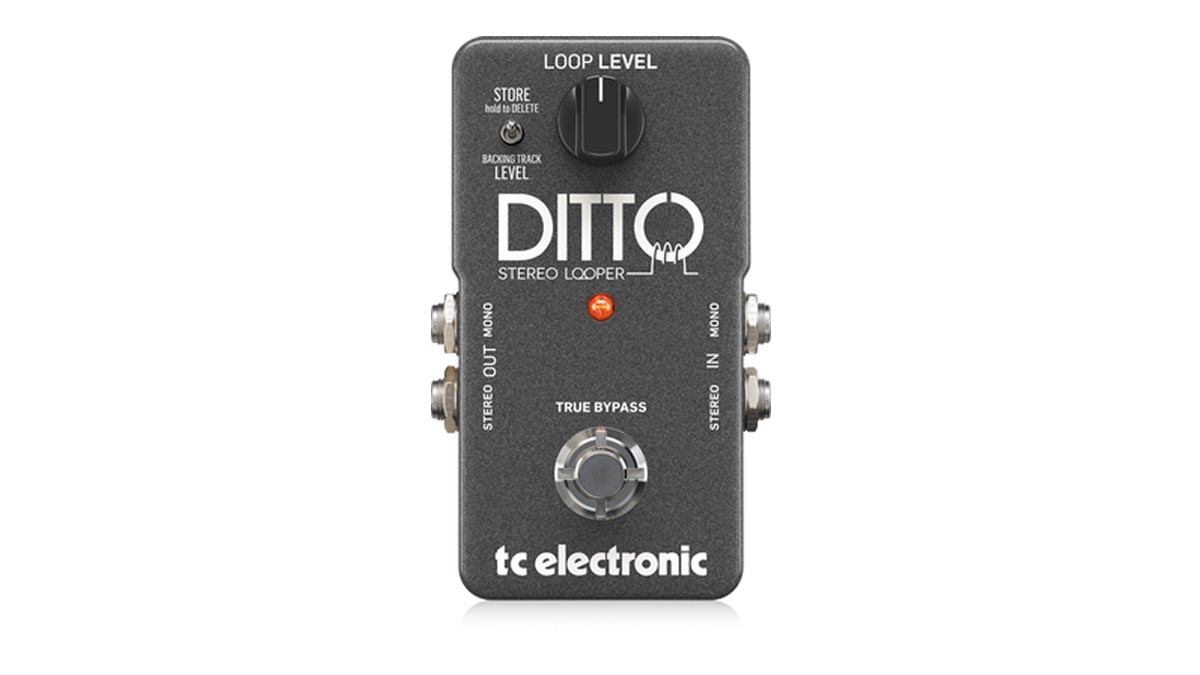
TC Electronic Ditto
Specifications
Reasons to buy
Reasons to avoid
The smallest looper from a major manufacturer, the Ditto is a legend thanks to its small size and ease of use. On sale or used it's also very kind to the wallet, and for that reason some players have more than one on their board.
Read the full TC Electronic Ditto looper review

Boss RC-1
Specifications
Reasons to buy
Reasons to avoid
For anybody looking to maximise pedalboard real-estate, side-mount jacks might be a deal-breaker. Nevertheless, the Boss RC-1 has the best display and user interface of any cheaper pedal. The solid feel of the Boss footswitch under foot makes it less error-prone than some single-footswitch options.
Read the full Boss RC-1 Loop Station review
Mid-price looper recommendations
Mid-price loopers are usually no better in terms of audio quality than the budget options, but they are better suited to live use thanks to a second footswitch. They often also have useful effect modes as well.
Moving stopping playback to a dedicated footswitch has two main side-effects. The first is obvious, the ability to easily stop loops. Many modern pedals also allow you to assign different effects to the second footswitch, should you not want it to operate as a 'stop' control. The second side-effect of a dedicated stop control is that the record/play control becomes dedicated to that function. This eliminates another potential avenue for error on a dark stage.
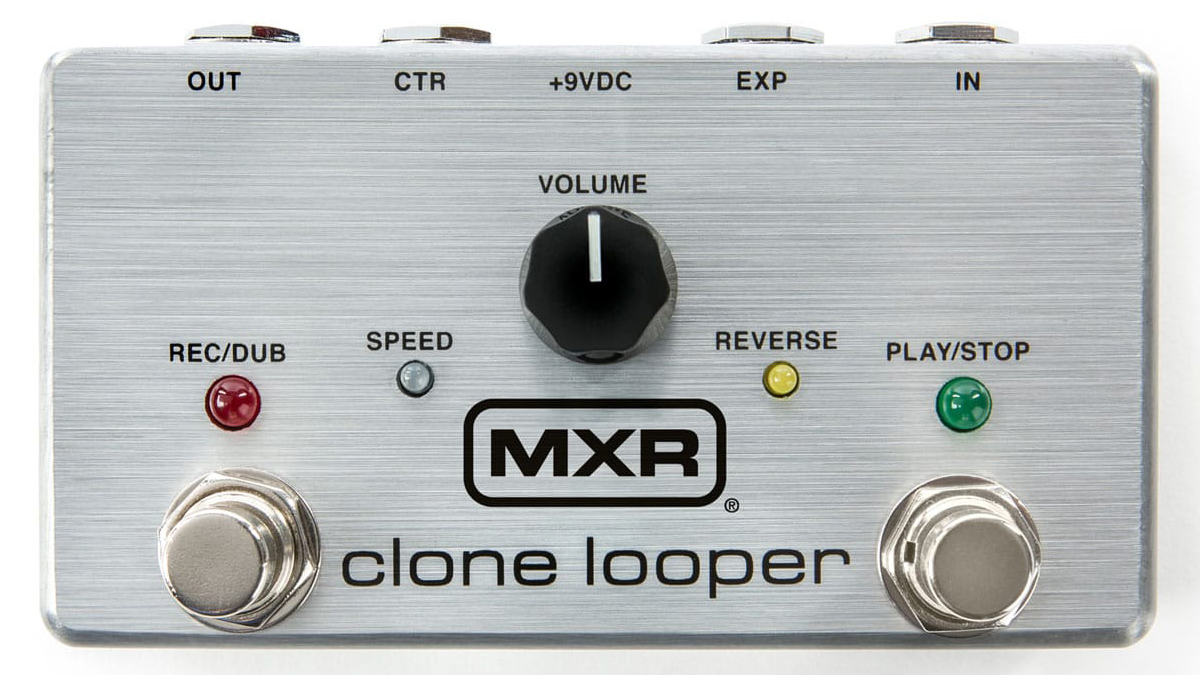
MXR Clone Looper
Specifications
Reasons to buy
Reasons to avoid
Many players' introduction to live looping was via the huge and sometimes unreliable Line 6 DL-4, a feature-rich delay and looper (which has since been superseded by the Line 6 DL-4 Mk II). As a result, the re-triggerable one-shot has long been a desirable function that few other loopers offered. Luckily for those players, the MXR clone looper can be extended with this functionality.

TC Electronic Ditto X2
Specifications
Reasons to buy
Reasons to avoid
Building on the feature set of the smaller Ditto, the Ditto X2 is a foolproof live option. Its second footswitch can be assigned to stop, half speed or reverse. These additional effects are far from gimmicks, allowing for pad creation and studio sound design as well as filling space between songs in a live set.
Read the full TC Electronic Ditto X2 review

Electro-Harmonix 720 Stereo Looper
Specifications
Reasons to buy
Reasons to avoid
Like the Ditto X2 the 720 has a large feature set and some great external effects. It also has a fade mode to fade out a playing loop.
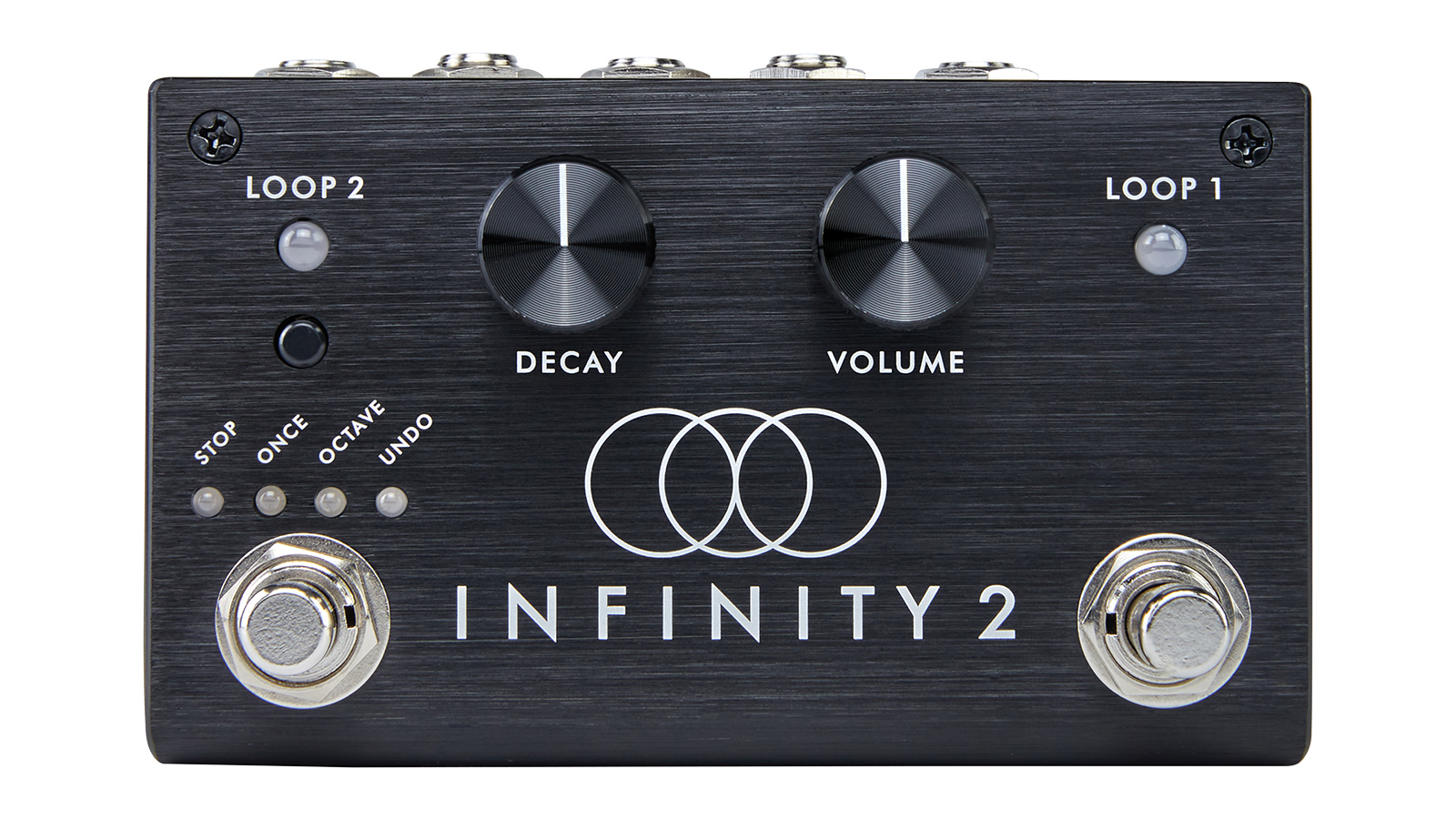
Pigtronix Infinity 2
Specifications
Reasons to buy
Reasons to avoid
The Infinity can be run as two separate loopers in a single box. Most usefully, the left footswitch can be set up as a stop control, one-shot trigger, undo or octave playback. It doesn't have the half-time or reverse modes of some competitors, but its modes are controllable via an external footswitch.
Top-end looper recommendations
Beyond a certain point, loop units are mainly adding super-user features. These features, aimed at players that work in loop-only projects, might not be relevant for others. Some are clearly useful, like line-level input for other audio sources and complex MIDI control for use with software setups. However, for most players, this is overkill.
Some loopers in this higher bracket are still relevant for many players thanks to their additional modes. They can be capable delay or multi-effect units in their own right, and therefore a useful tool for the guitarist with limited space.
There are also exotic loopers that offer strange effects and functions not found on other units. These esoteric features explain their high price, rather than the live-focussed feature set found on others.
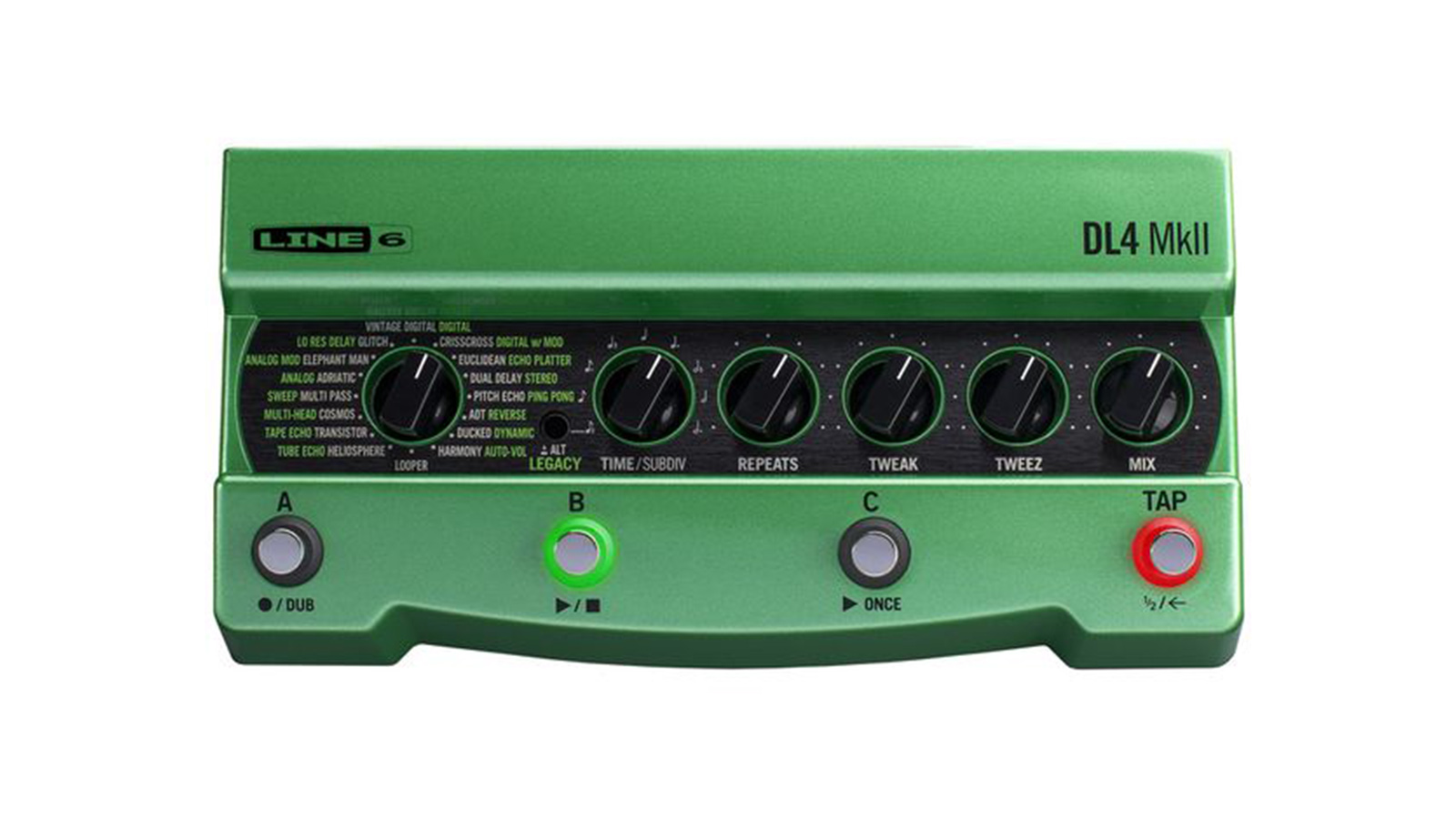
Line 6 DL4 Mk II
Specifications
Reasons to buy
Reasons to avoid
As a workhorse live looper and flexible delay unit, the Line 6 DL-4 MkII is a decent choice. It's only really in the last couple of years that decent one-shot loopers have come along to challenge some of the more expressive tricks offered by the DL-4. This means that if you've got the space, it could still be worth trying, particularly with the new model offering expanded memory, more delay and reverb options and a slimmed down chassis.

Boomerang III
Specifications
Reasons to buy
Reasons to avoid
Pros and cult players alike who tour frequently swear by their life on the Boomerang. It's not small and it looks absolutely daunting, but if you simply must have the most robust, tour-grade looper out there then the pros have voted with what's at their feet.
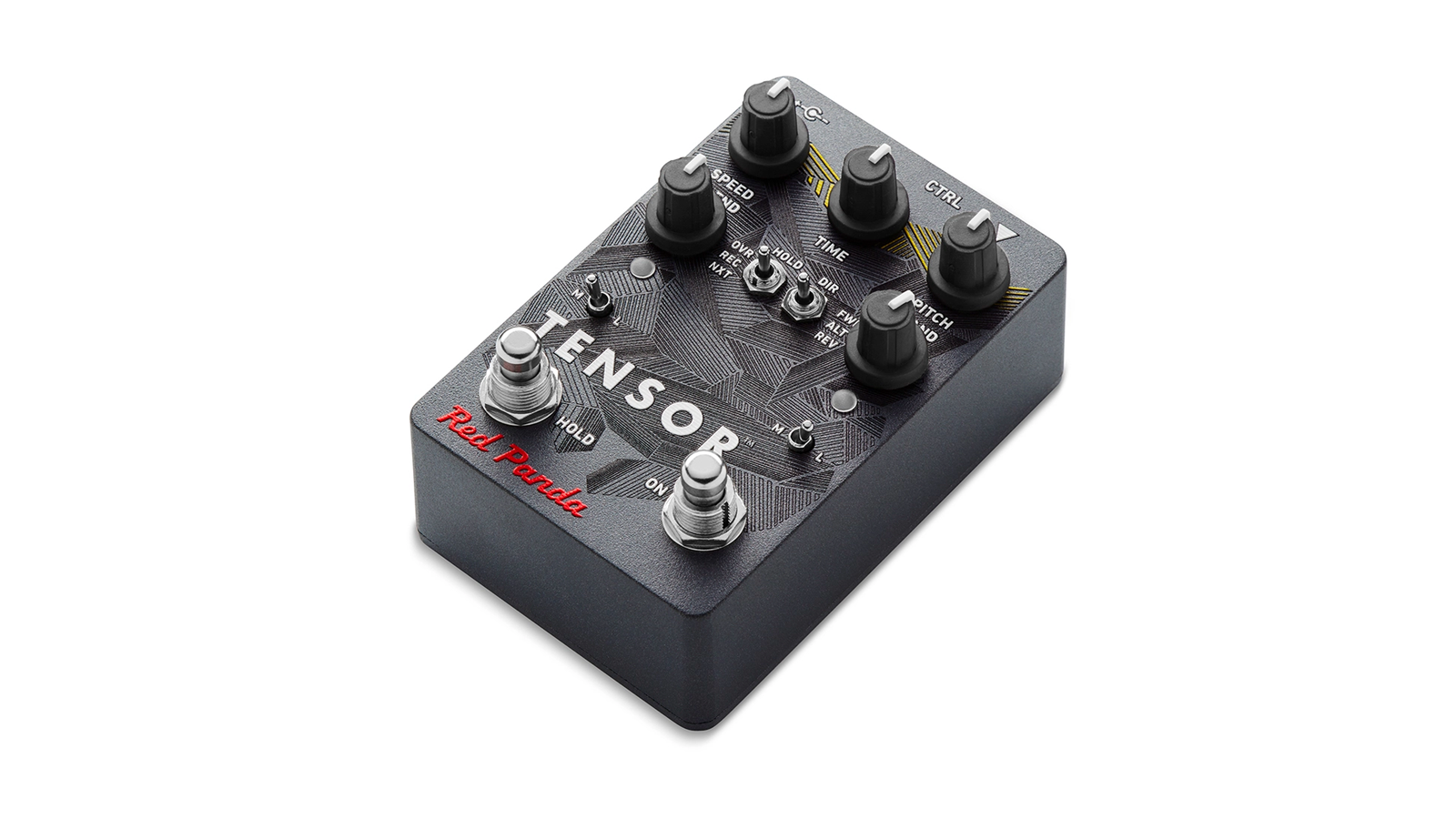
Red Panda Tensor
Specifications
Reasons to buy
Reasons to avoid
A wild-card option, the Tensor aims to work as an oddball delay, looper and noisemaker. Like many esoteric pedals, it's almost an instrument in itself. Red Panda took the time-stretch modes on the legendary Digitech XP-300 Space Station as their starting point, and while the Tensor is far from a clone of that pedal, it has some of the same magic.
Alex Lynham is a gear obsessive who's been collecting and building modern and vintage equipment since he got his first Saturday job. Besides reviewing countless pedals for Total Guitar, he's written guides on how to build your first pedal, how to build a tube amp from a kit, and briefly went viral when he released a glitch delay pedal, the Atom Smasher.
